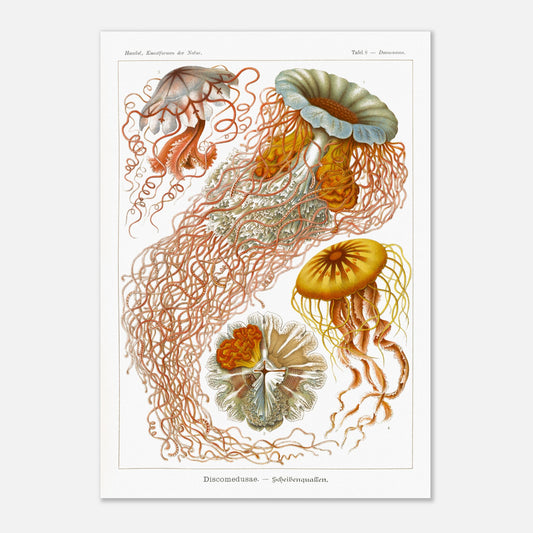Disc jellyfish - Decorative encyclopedic plate - Ernst Haeckel, Kunstformen der Natur
Disc jellyfish - Decorative encyclopedic plate - Ernst Haeckel, Kunstformen der Natur
Couldn't load pickup availability
Engraving reproduction of: Disc jellyfish
Original title Discomedusae - Scheibenquallen
Poster of Desmonema - Cnidarians of the class Jellyfish (Order Discomedusae)
Illustration from the book Kunstformen der Natur, which is a collection of artistic lithographs of natural sciences published by the German biologist Ernst Haeckel between 1899 and 1904.
This naturalistic illustration is part of an overall style inspired by Ernst Haeckel, which greatly influenced the emerging Art Nouveau movement at the beginning of the 20th century. This work, illustrating the impressive beauty and great diversity of the biological world, was complemented by a certain amount of scientific information, some excerpts of which are reproduced below.
This information is over 120 years old and some of it may be outdated!
Scientific classification:
Cnidarian Phylum (Cnidaria) Class Scyphozoa (Acraspedae) Order of Discomedusae (Discomedusae) Suborder Semeostomes (Semostomae / Semaeostomeae)
Scientific notice (extract) accompanying the poster print of Discomedusae - Disc jellyfish :
The semastomes form a special suborder among the disc jellyfish or discomedusae, characterized by the division of their mouth into four often wide arms, sometimes resembling a waving banner or a pleated curtain. These graceful jellyfish, often remarkable for their delicate shape and magnificent colors, swim in large groups on the surface of the sea. Their swimming movement is provided by muscles that extend over the underside of their free disc (umbrella). The edge of this umbrella, or swimming disc, is divided into 8 to 16 pairs of lobes (sometimes 32 or more); between each pair of lobes is a sensory organ (rhopalium), consisting of an eye, an auditory vesicle, and a chemosensory pit. Along the edge of the umbrella are long, mobile tentacles used to capture prey. In the center of the umbrella is the central gastric cavity, from which 8 to 16 radial canals or grooves branch off toward the edge. In the center of the underside (subumbrella), the magen opens through the mouth; the four buccal (perradial) arms surrounding the opening are very mobile. Between these arms are four genital glands (gonads).
Species present on the naturalist plate of Disc jellyfish - Desmonema :
- Desmonema annasethe
- Floscula promethea
- Chrysaeora mediterranea
About this print
About this print
The layout and composition of this reproduction have been the subject of our greatest attention.
- Respect for the format of the original work: in order to faithfully transcribe the artist's intention, the work is not cropped/re-cut except in extreme cases (obvious imperfection, geometry problem, etc.) in which case the cropping will be as light as possible.
- The presence of white margins is sometimes necessary in order to present the work in a balanced manner.
- Each size offered has been specifically composed, therefore, the size of the white margins may vary from one print size to another. Remember to check this detail carefully!
- Print only, frame not included!
Features
Features
- Premium 200gsm matte white paper, durable and strong.
- Natural, smooth uncoated finish, silky to the touch
- FSC certified paper or equivalent certifications depending on regional availability.
- Each print is shipped in sturdy packaging, ensuring safe transport.
- Each print is printed and shipped on demand. No minimum order quantity is required.
Share !
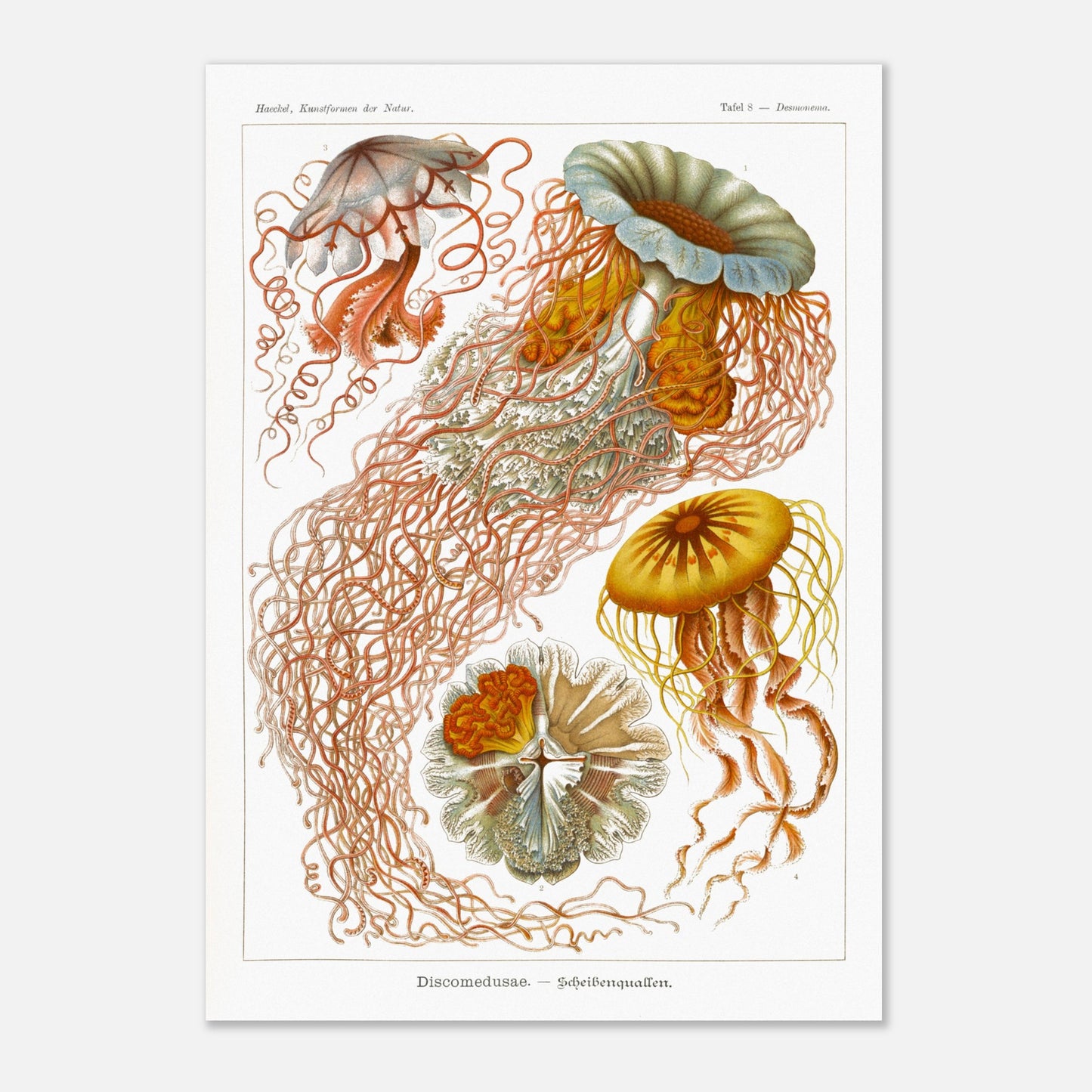
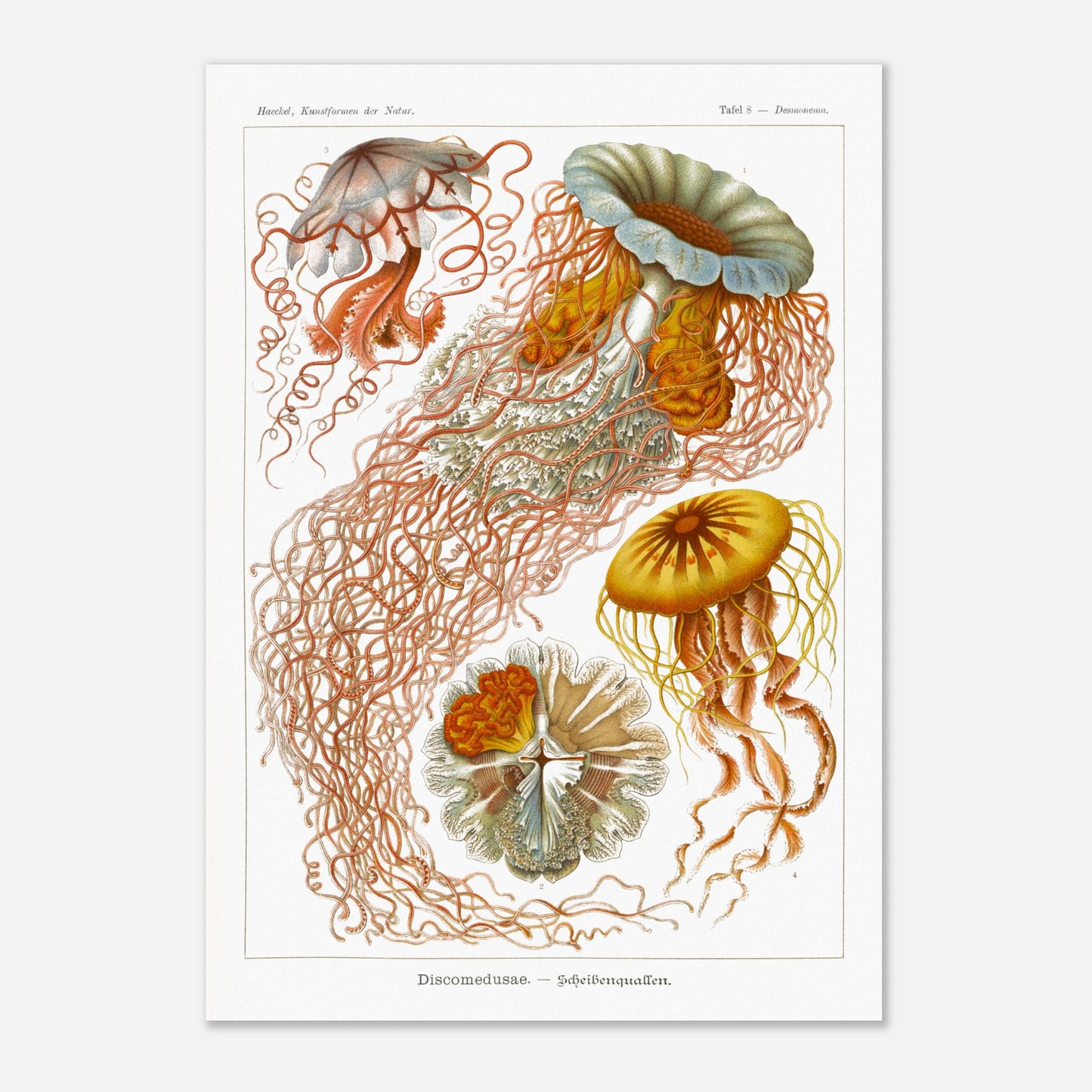
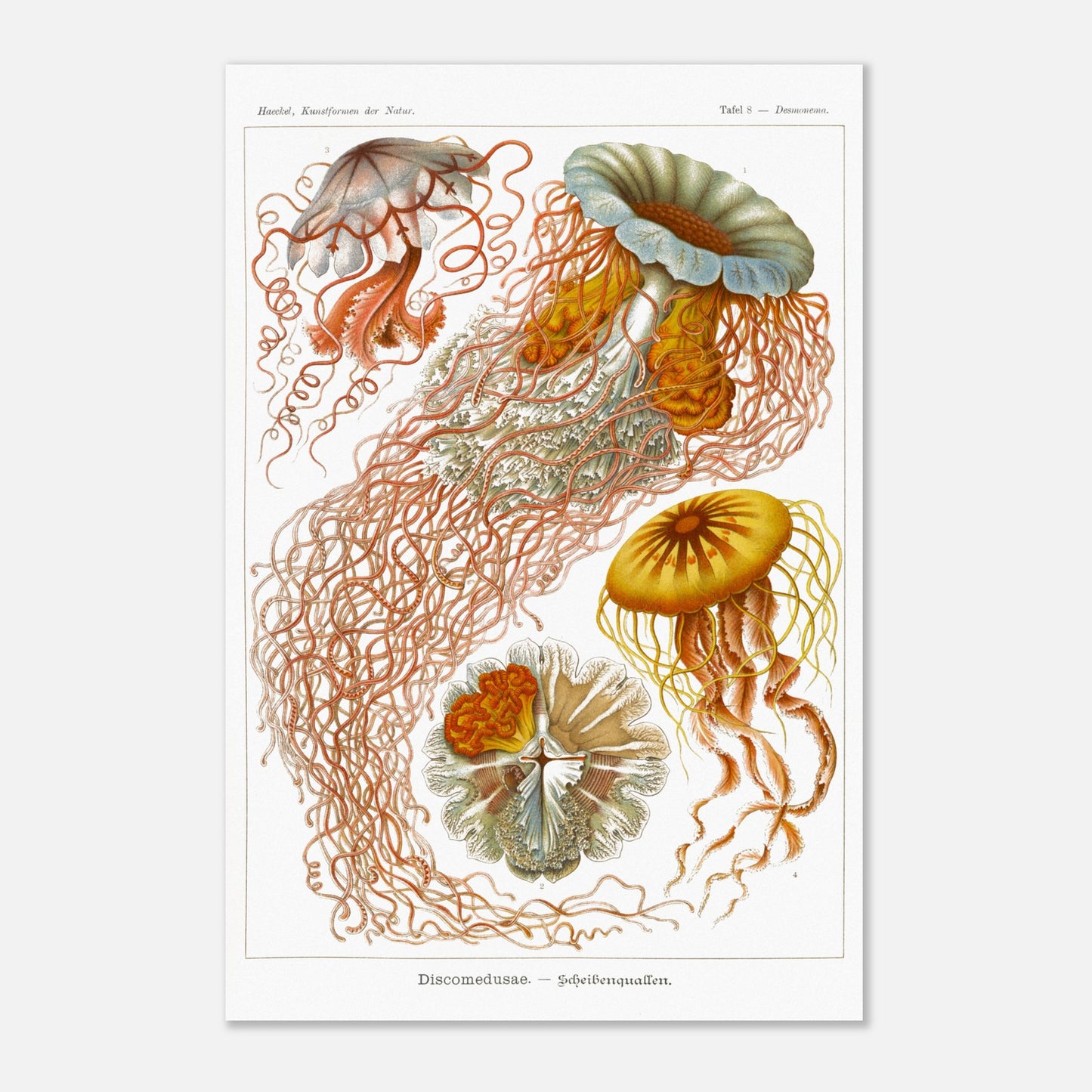
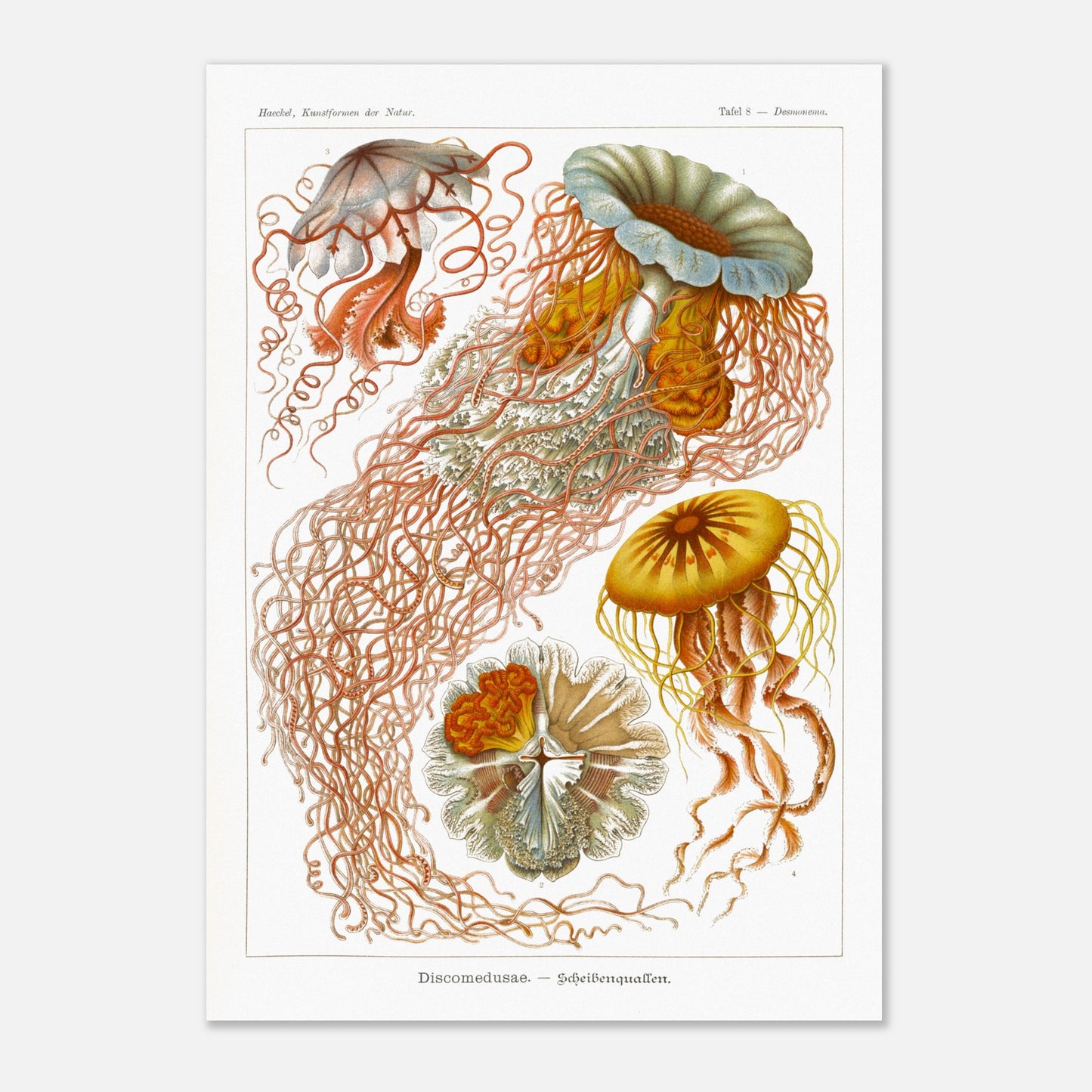
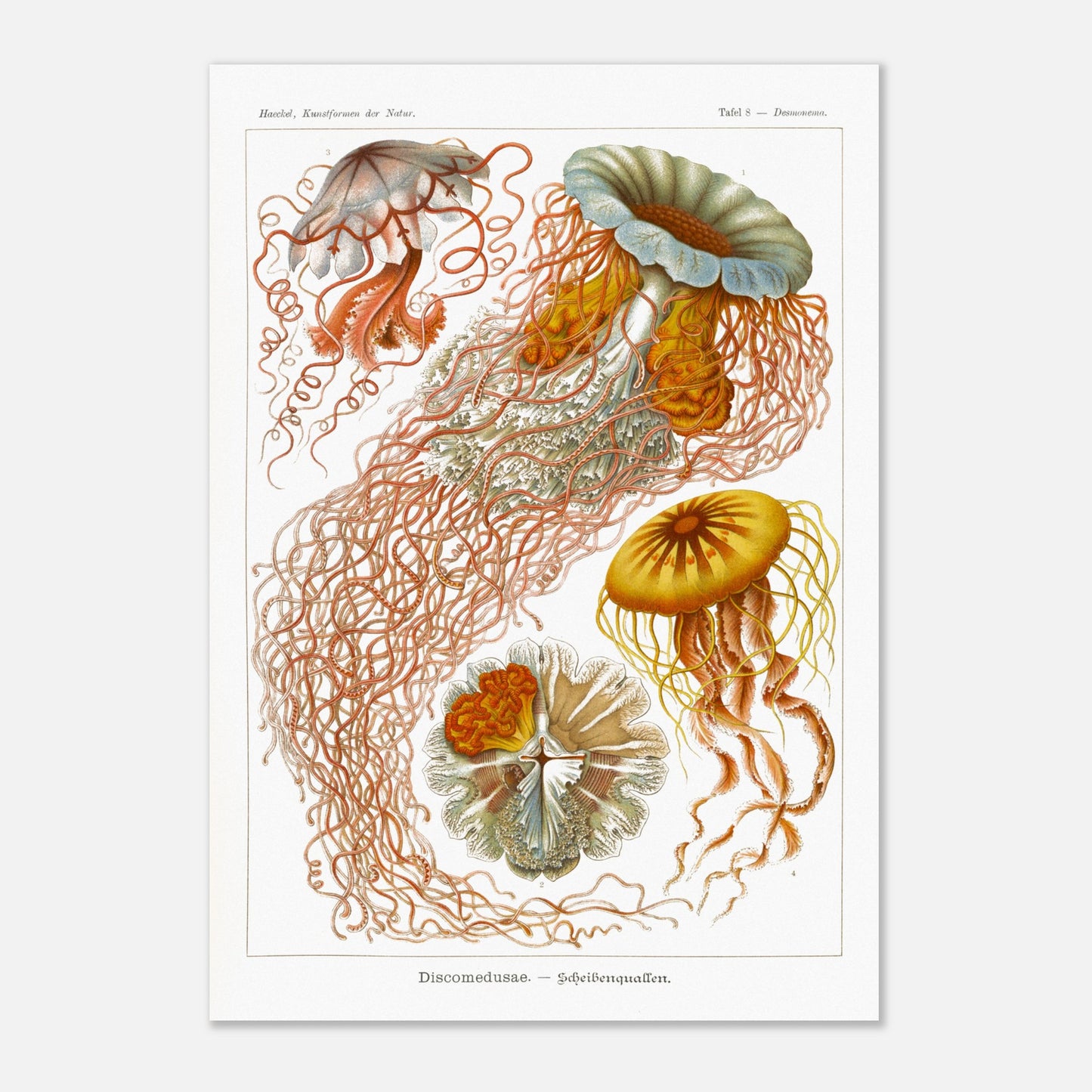
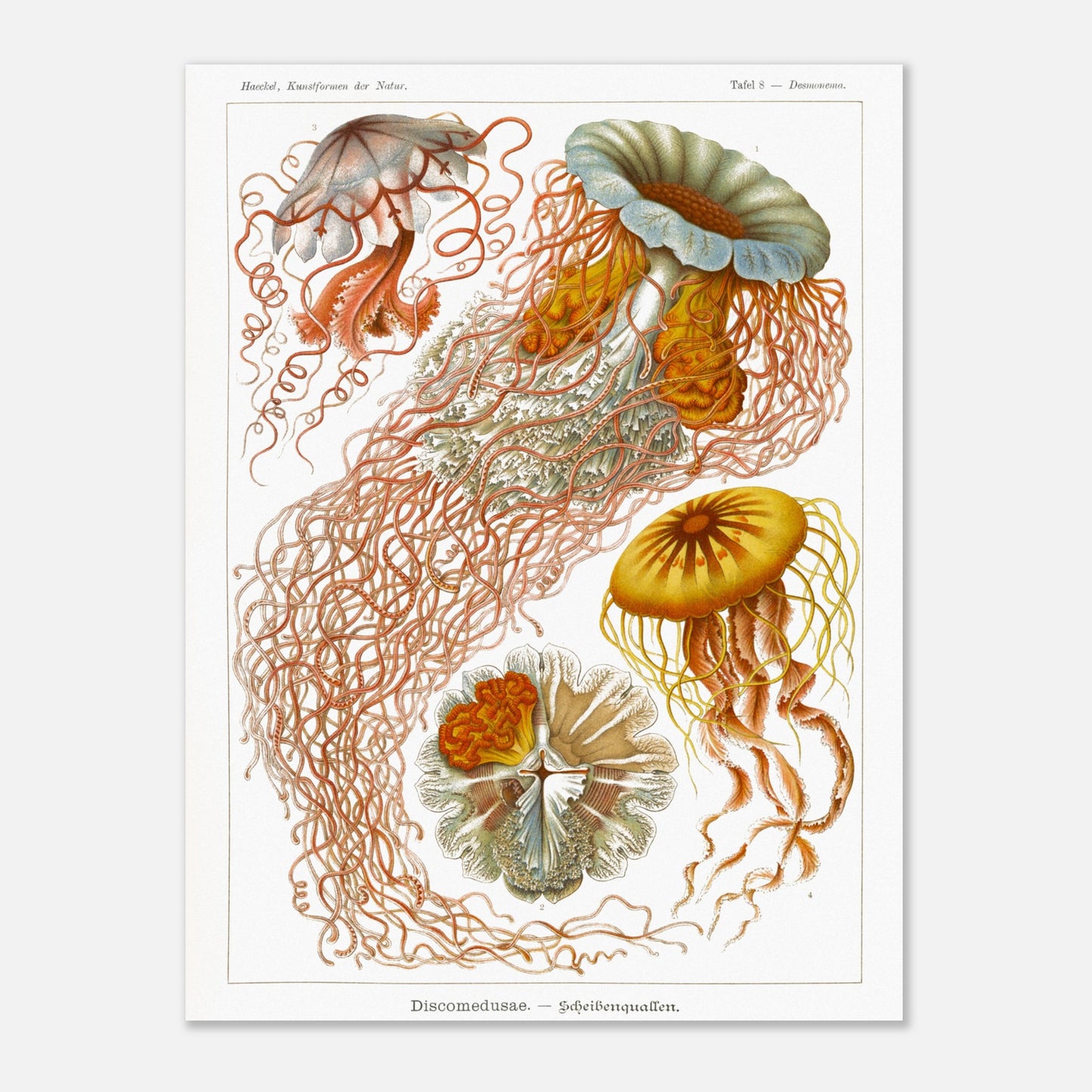
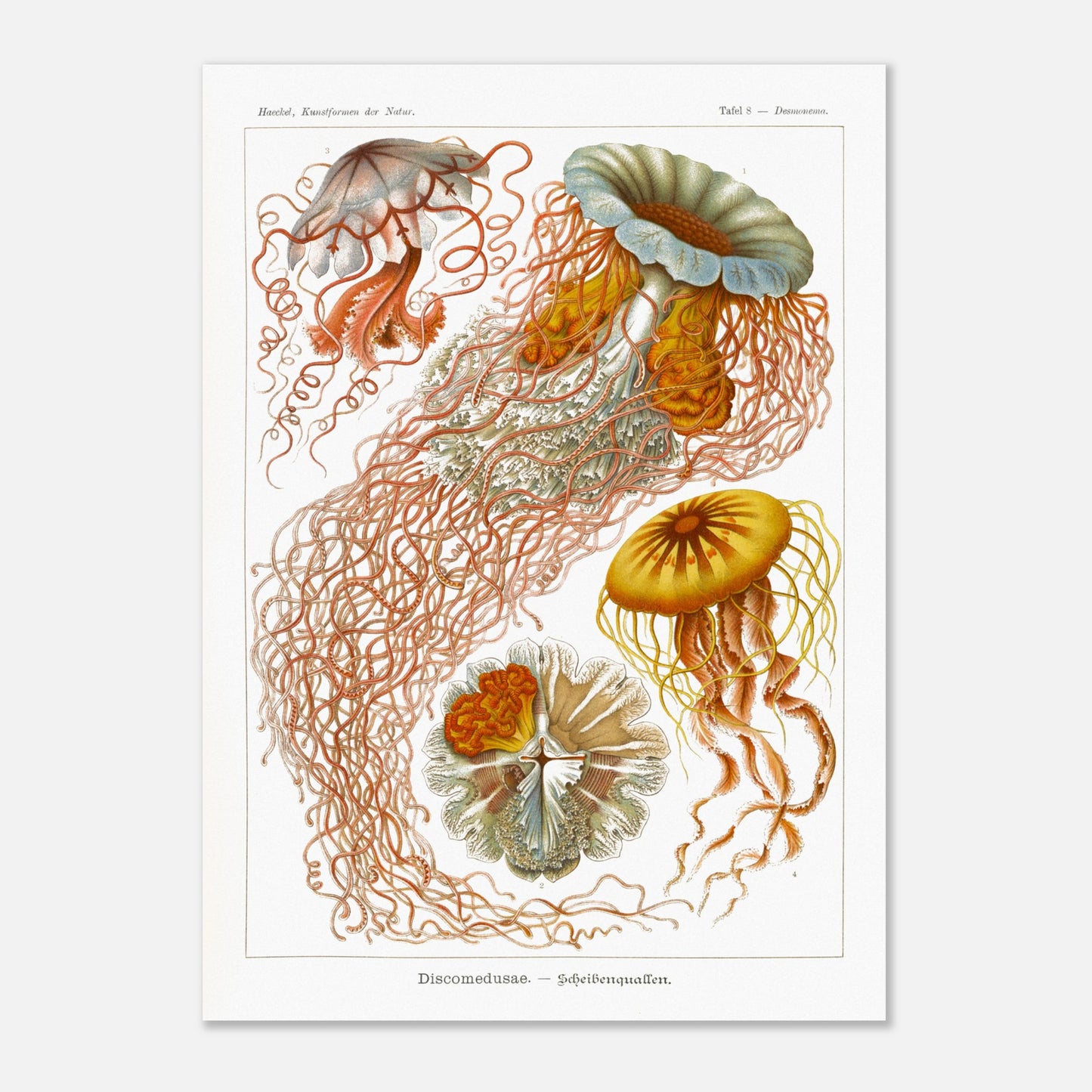
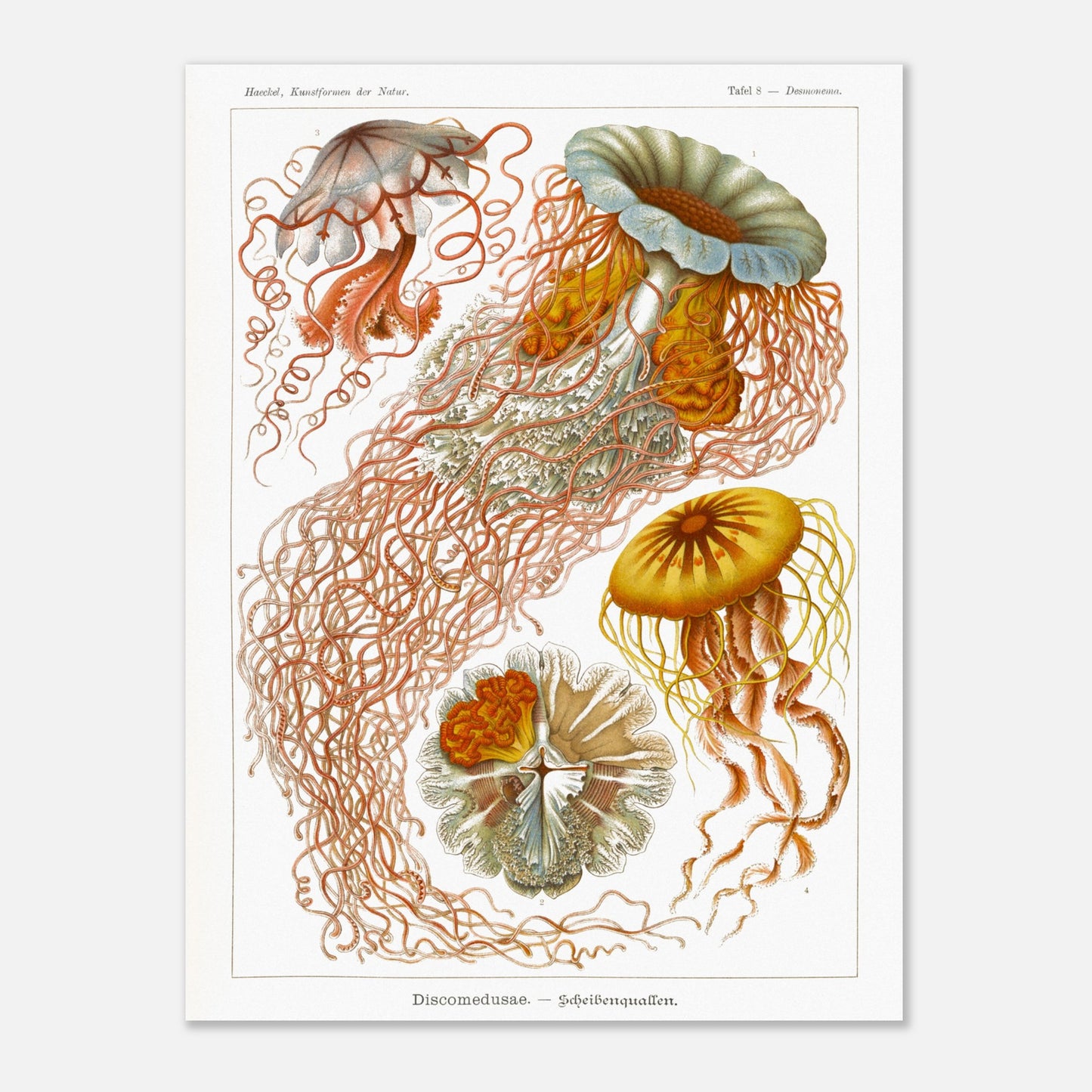
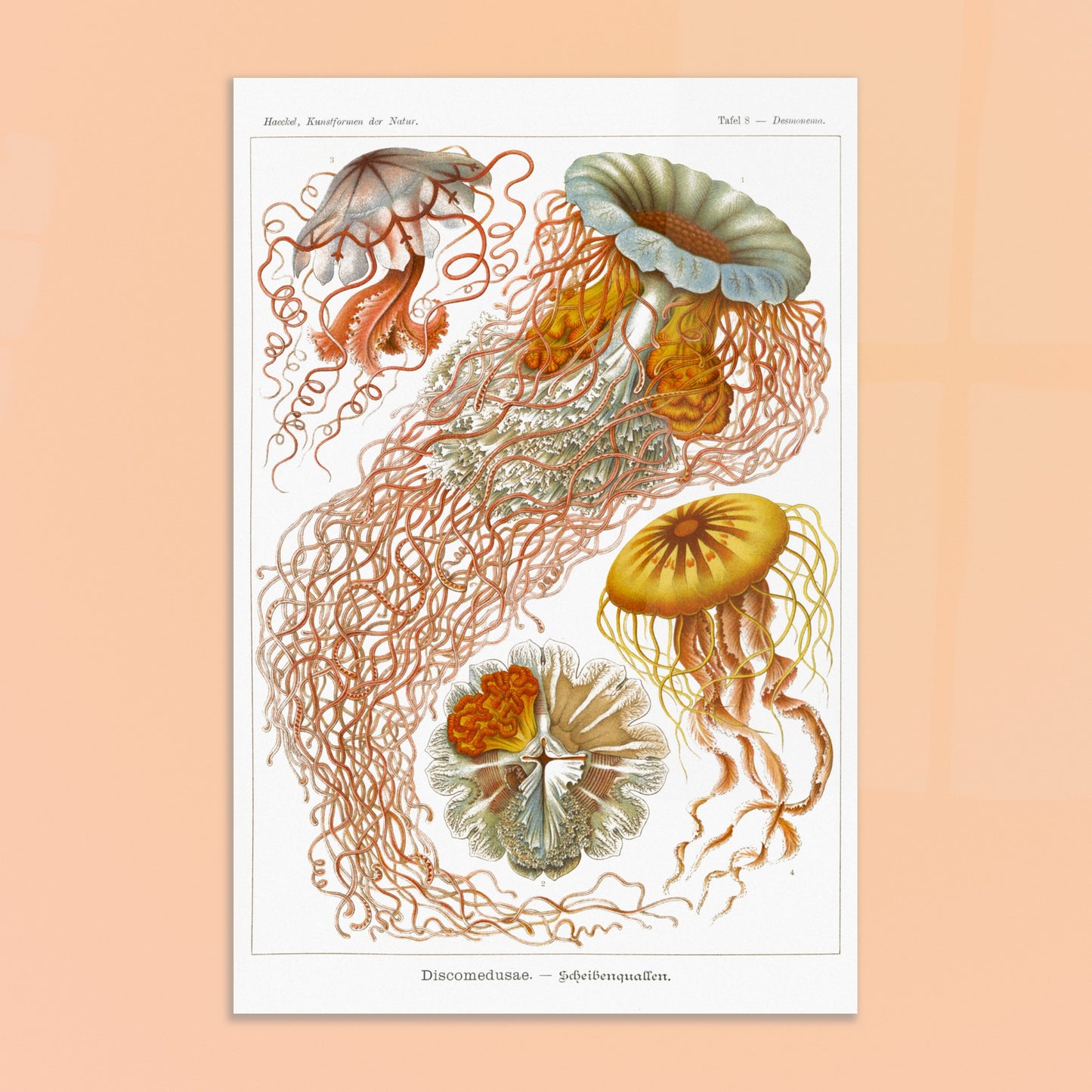
We are listening to you
If you are looking for a specific composition, a particular layout, or any other customization need, our team is at your disposal and will do everything possible to meet your requests.
So don't hesitate to...




